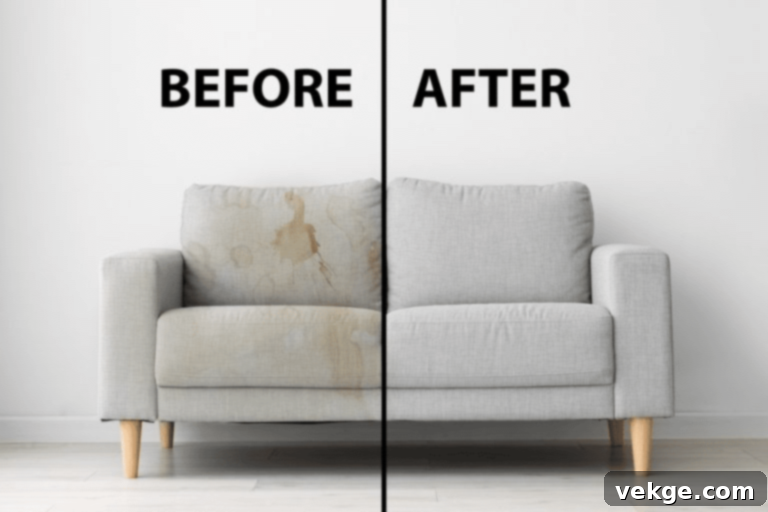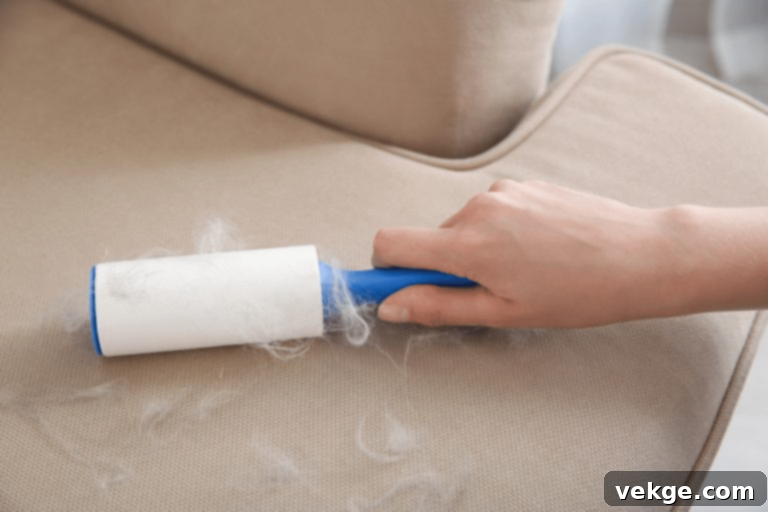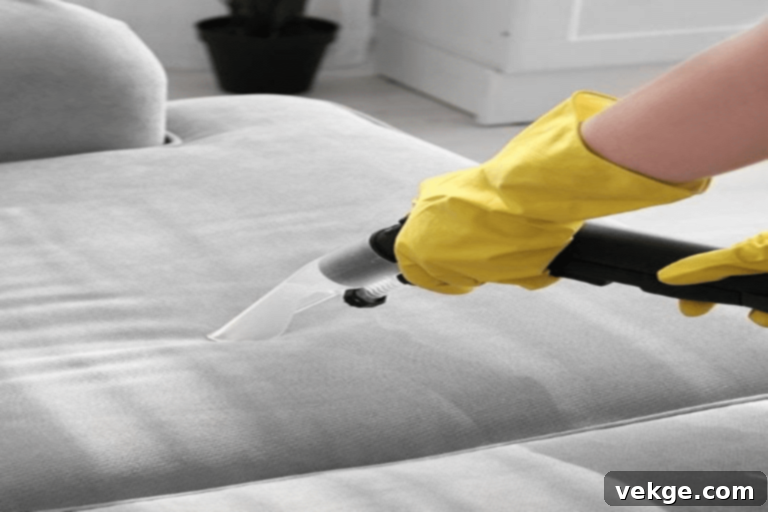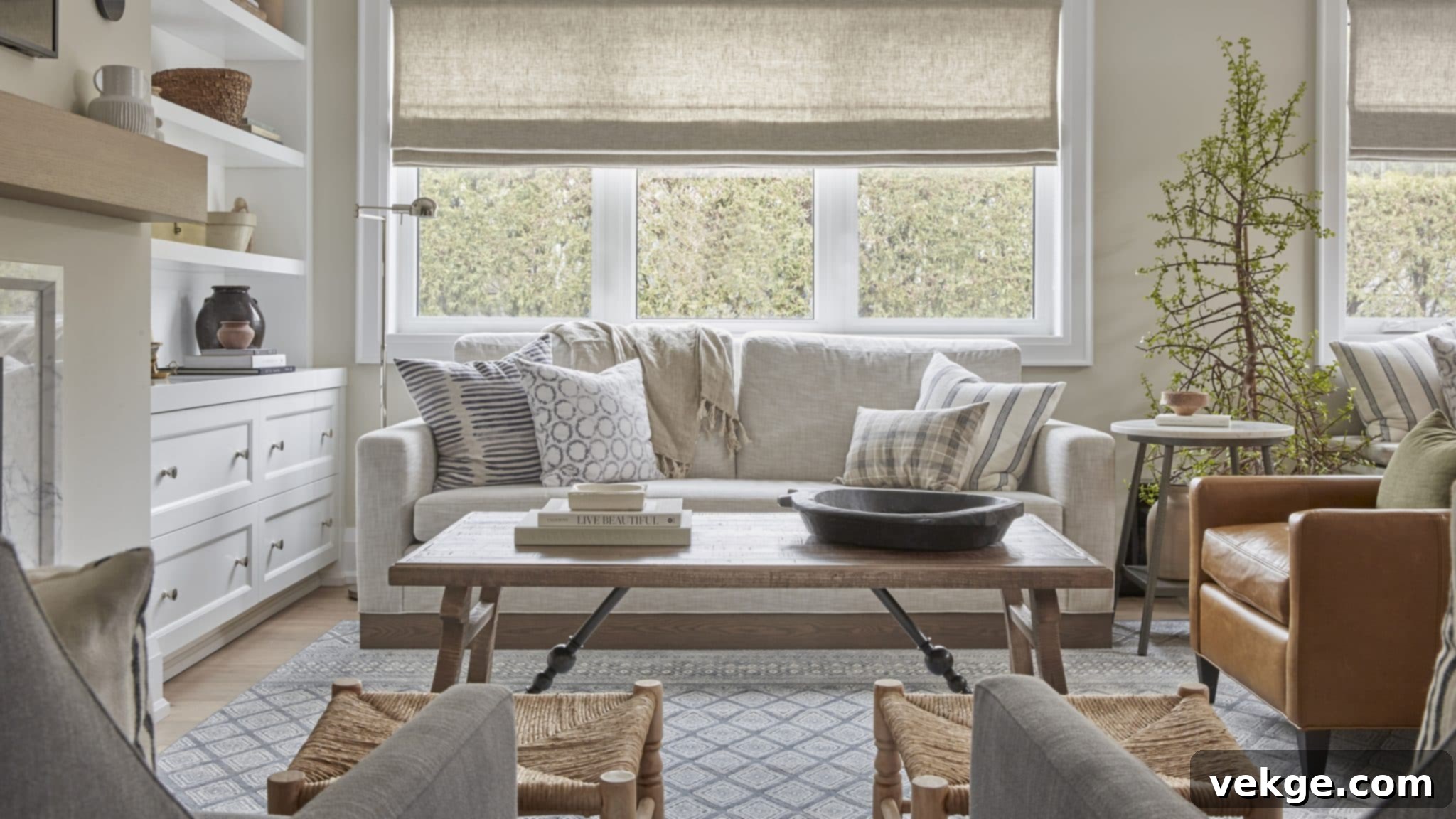The Ultimate Guide to Light Gray Couches: Durability, Style, and Essential Maintenance Tips
Gray, in many contexts, often carries a somewhat melancholic or mundane connotation. We associate “gray days” with gloom, “gray hair” with aging, and a “gray sky” with impending rain. Yet, when it comes to interior design and particularly the color of a couch, light gray emerges as a surprising and exceptionally popular choice, frequently recommended by top interior designers and beloved by homeowners alike. This apparent contradiction begs the question: What makes light gray couches so universally appealing and a staple in contemporary living spaces? More importantly, beyond their aesthetic charm, are these elegant pieces truly built to withstand the test of time and everyday life?
The widespread adoration for light gray couches primarily stems from their unparalleled versatility. A light gray shade acts as a sophisticated neutral canvas, effortlessly blending with almost any color scheme, design style, and existing decor. From a durability standpoint, the longevity of any couch, regardless of color, hinges on its foundational quality – the strength of its frame, the resilience of its upholstery fabric, and the craftsmanship of its construction. Premium materials and thoughtful design ensure a sofa that is indeed made to last. However, for the serene elegance of light gray to truly endure and remain pristine over years of use, active engagement in its maintenance and upkeep is absolutely essential. This comprehensive guide will walk you through expert tips to keep your light gray sofa looking its best.
Before diving into specific maintenance strategies, always consult and adhere to the manufacturer’s care instructions for your specific sofa material. These guidelines are tailored to preserve your couch’s unique fabric and construction. Following that, incorporate these proven methods to ensure your beautiful light gray couch remains a cherished centerpiece in your home, offering both comfort and enduring style.
1. Embrace Sofa Covers for Enhanced Protection and Style

Sofa covers are an incredibly practical and versatile accessory for any couch owner, particularly those with lighter-colored upholstery like light gray. These covers serve as a crucial first line of defense, safeguarding the original fabric from daily wear and tear, accidental spills, pet hair, dust, and general grime accumulation. Modern sofa covers come with elasticized bottoms and various fastening mechanisms, ensuring a snug fit that stays in place even with active use. They effectively create a protective barrier, preventing dirt and debris from settling directly onto your light gray fabric.
One of the most significant advantages of using covers is the ease of cleaning. Unlike the sofa’s actual upholstery, most covers are machine washable, making regular maintenance inexpensive and incredibly convenient. You can simply remove the cover, toss it in the washing machine, and have it fresh and clean in no time. This not only keeps your light gray couch looking fresh but also significantly extends the life of its underlying fabric. Beyond protection, sofa covers also offer a fantastic opportunity for aesthetic versatility. By investing in a few different covers made from various materials (like cotton, linen, or velvet) or in diverse patterns, you can effortlessly change the look and feel of your living space to match seasons, moods, or evolving decor trends, all without the significant expense of purchasing a new sofa.
2. Proactive Prevention: The Golden Rule to Avoiding Stains

The simplest and most effective strategy for preserving the pristine appearance of your light gray couch is to prevent stains from occurring in the first place. This means establishing a “no food or drink” rule, especially for items that are prone to spillage or can leave stubborn marks, such as red wine, coffee, dark juices, greasy snacks, chocolate, or anything with artificial dyes. While it might seem strict, particularly in a busy household, this preventive measure drastically reduces the risk of unsightly blemishes that are particularly noticeable on lighter upholstery, helping to keep your elegant furniture looking impeccable.
Should an accidental spill occur despite your best efforts, remember that time is of the essence. The faster you act, the greater your chance of preventing the stain from setting deeply into the fibers. For an added layer of protection, many homeowners wisely opt for fabric protector sprays. These specialized sprays create an invisible, water-repellent barrier on the fabric surface, making it more difficult for liquids to penetrate the fibers and for stains to set in. While not foolproof, they buy you crucial time to blot up spills before they cause permanent damage. When applying such protectors, always follow product instructions carefully, ensure adequate ventilation, and test on an inconspicuous area first to check for any adverse reactions or discoloration. Despite best efforts, some deep, oily, or stubborn stains may ultimately require the expertise of a professional upholstery cleaner, as attempting aggressive DIY solutions can sometimes worsen the problem or inadvertently damage the fabric’s integrity or color.
3. Harness the Power of Baking Soda for Stains and Odors

Despite diligent stain prevention, life happens, and occasional spills or odors on your light gray couch are almost inevitable. In such instances, household baking soda (sodium bicarbonate) can be a remarkably effective, natural, and inexpensive solution. It works wonders not just on minor, fresh stains but also as a powerful odor absorber, making it a valuable tool in your couch maintenance arsenal.
For tackling unpleasant odors – perhaps from pets, cooking smells, or lingering beverage spills – a dry application of baking soda is ideal. Simply sprinkle a generous amount of baking soda evenly over the affected area of your couch. Ensure good coverage without oversaturating. Let it sit for at least 15-30 minutes, or even a few hours for particularly strong, embedded odors. The baking soda acts by absorbing the odor-causing molecules. Afterwards, thoroughly vacuum the couch using an upholstery attachment to remove all powder. This method is generally safe for most fabrics and incredibly effective at neutralizing odors without introducing harsh chemicals or moisture.
For light, fresh stains, a wet baking soda solution can be considered, but it is paramount to proceed with extreme caution and **only if the manufacturer’s cleaning instructions explicitly permit the use of liquids on your specific upholstery fabric.** To create a solution, mix baking soda with a small amount of water to form a thick paste. Gently apply this paste directly to the stain using a clean, soft cloth or sponge, working from the outside of the stain inwards to avoid spreading. Allow the paste to dry completely, then brush or vacuum away the residue. **It is critically important to thoroughly read your couch’s instruction manual or care tag immediately upon purchase and installation.** Many delicate fabrics (like silk, velvet, or certain blends) are “dry clean only” or have strict liquid restrictions, and using a wet solution could cause water rings, permanent discoloration, or irreversible damage to the fibers. When in doubt, always opt for the dry odor-absorbing method or, better yet, consult a professional upholstery cleaner to avoid costly mistakes.
4. The Everyday Hero: A Lint Roller for a Pristine Finish

To maintain the impeccable appearance of your light gray couches, especially in households with pets or individuals prone to shedding, a lint roller is an indispensable and incredibly convenient tool. While light-colored fabrics exude elegance, they unfortunately tend to show accumulated debris like human hair, pet fur, lint, and dust more prominently. A lint roller is specifically designed to tackle these everyday nuisances, keeping your upholstery looking fresh, clean, and tidy with minimal effort and without the need for water or chemicals.
A standard lint roller consists of a handle with a spindle, around which a roll of adhesive paper is wrapped. As you smoothly roll it across the surface of your couch, the sticky paper effectively lifts and captures an array of particulate matter: human hair, pet fur, fuzz, dandruff, small crumbs, and other superficial grime that can dull the fabric’s appearance. It’s a quick and efficient way to perform daily or weekly touch-ups, preventing a buildup that might later require more intensive cleaning. For larger areas, or to remove more deeply embedded dirt and dust, consider complementing your lint roller routine with a vacuum cleaner equipped with an upholstery attachment or a specialized upholstery brush. Regularly using a lint roller not only keeps your light gray fabric looking visibly clean but also helps prevent the accumulation of allergens and dander, contributing to a fresher and more hygienic living space.
5. Protect from the Sun: Safeguarding Your Couch’s Color

While a placement near large, sun-drenched windows can undeniably make your light gray couches look stunning, bathing them in abundant natural light, prolonged and direct sun exposure poses a significant, often underestimated, threat to their color integrity and fabric longevity. Ultraviolet (UV) rays from the sun are powerful enough to break down the chemical bonds in fabric dyes over time, leading to irreversible fading and discoloration. On a light gray couch, this fading might manifest as an even lighter, bleached-out appearance in exposed areas, or unsightly uneven patches where the sun’s intensity is greatest, detracting from its uniform appeal.
To preserve the subtle elegance and original shade of your light gray upholstery, it’s crucial to minimize its direct exposure to harsh, unfiltered sunlight. Consider positioning your couches away from windows that receive intense, direct sun for extended periods, especially during peak daylight hours. If repositioning isn’t a practical option due to room layout, several effective solutions exist. Investing in UV-filtering window films can block a significant portion of harmful UV rays while still allowing light in. Installing blackout curtains or blinds that can be drawn during the sunniest parts of the day, or opting for sheer drapes that filter light without completely blocking it, are also excellent strategies. Regularly rotating your couch, if possible, or even just flipping cushions periodically, can help distribute any potential sun exposure more evenly across the fabric, slowing down the fading process and ensuring a more consistent appearance. Remember, consistent exposure to direct sunlight will inevitably diminish the vibrancy and depth of your light gray couch’s color over time, so proactive protection is key to its enduring beauty.
6. Immediate Action: The Key to Battling Stubborn Stains

Even with the most meticulous care and preventive measures, the occasional spill or stain on your light gray couch is an inevitable reality of everyday life. The absolute golden rule in such situations is to **act immediately**. The faster you address a fresh stain, the higher your chances of complete removal without permanent damage. For most common water-soluble spills (like soda, juice, or light food), grab a clean, white, absorbent cloth (to avoid color transfer from a colored rag) and a solution of hot water with a very mild, pH-neutral soap. Gently blot the stain, working from the outer edges inward to prevent spreading the spill. **Never rub vigorously**, as this can push the stain deeper into the fibers, abrade the fabric, or create a larger, more difficult-to-remove smudge.
For more stubborn or greasy stains, a diluted solution of white vinegar and baking soda can sometimes be used as a temporary, last-resort DIY fix. However, this method comes with significant caveats: it is **not advisable for all types of sofa fabrics** and can, in fact, cause irreversible damage such as discoloration, water rings, or fiber breakdown if used improperly or on unsuitable materials. Always perform a patch test on an inconspicuous area of the couch first (e.g., the back or underside of a cushion) to ensure there are no adverse reactions to the fabric’s color, texture, or integrity before applying it to the visible stain.
For challenging stains, unknown substances, or if you’re uncertain about your fabric type or the best cleaning approach, it is always highly recommended to **consult a professional upholstery cleaning company**. These experts possess the specialized knowledge, appropriate equipment, and specific cleaning agents tailored to safely and effectively remove a wide range of stains without risking further damage to your valuable furniture. Attempting aggressive or inappropriate DIY tricks can often spoil the material beyond repair, turning a minor mishap into a costly replacement. Investing in professional care when necessary can significantly extend the life and preserve the pristine beauty of your light gray couch, ensuring it remains a cherished and stylish piece in your home.
Conclusion: Preserving the Timeless Elegance of Your Light Gray Couch
The enduring popularity of light gray couches in interior design is no accident; it’s a testament to their inherent versatility and timeless appeal. This sophisticated neutral shade offers unmatched adaptability, effortlessly complementing a vast array of color palettes, design aesthetics, and personal styles. With warmer accent shades, light gray can infuse a unique coziness and understated sophistication into a space, while paired with cooler tones, it exudes a stunningly crisp, modern, and expansive appeal. It provides a perfect, serene backdrop for accessorizing with vibrant cushions, textured throws, or striking artwork, and ultimately, a well-chosen light gray couch can truly be an absolute showstopper when integrated into the right color scheme, creating a harmonious and inviting atmosphere.
Maintaining the subtle elegance and pristine condition of your light gray upholstery doesn’t have to be an arduous or overwhelming task. By diligently implementing the practical and easy-to-follow tips outlined in this comprehensive guide – from proactively using protective sofa covers and acting swiftly on any spills to harnessing the natural power of baking soda for both stains and odors, understanding the impact of sun exposure, and employing simple tools like a lint roller – you can preserve the beauty and longevity of your investment with remarkable results. A little consistent effort and a few smart, preventative choices can ensure your beloved light gray couch remains a comfortable, stylish, and immaculate focal point in your home for many years to come.
We encourage you, our valued readers, to share your own tried-and-tested DIY maintenance ideas, clever tricks, or even product recommendations for keeping light-colored couches looking impeccable in the comments section below. Your insights and experiences can greatly help others keep their furniture looking flawless and extend its life!
